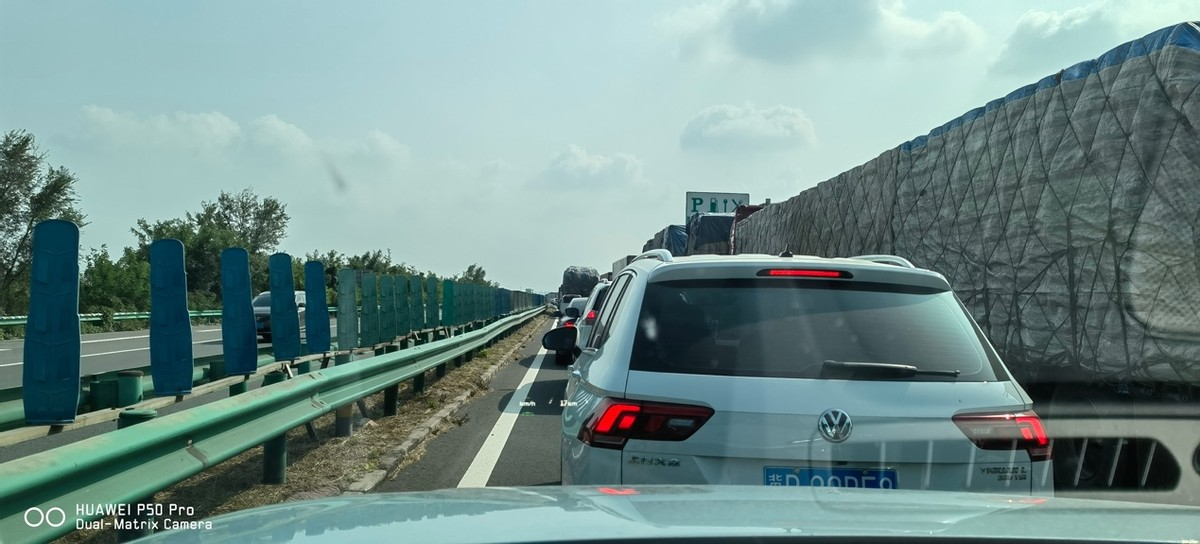Travel Plan
Mainly take Beijing-Shanghai Expressway round trip, and part of the route take Rongwu Expressway.
Day 1, October 1st, Departure from Beijing
To avoid the morning traffic jam that day, I left around 10 am. Started on the Jingjin Expressway, and encountered some congestion on the road. The first battery recharge was at the Tianjin Xiqing Zhihui Mountain charging station while having lunch. After that, I continued on the Rongwu Expressway heading south. There were many large trucks on this road, and the vehicle speed was slow with many stops. After driving for a while, it was found that there was a significant congestion of about 50 kilometers ahead, and I was not sure how long I would have to wait, so I took an early exit at the Huanghua junction to avoid the congestion. This proved to be not a good choice because the provincial road after getting off the expressway was full of large trucks coming down from the Rongwu Expressway, and congestion was inevitable.
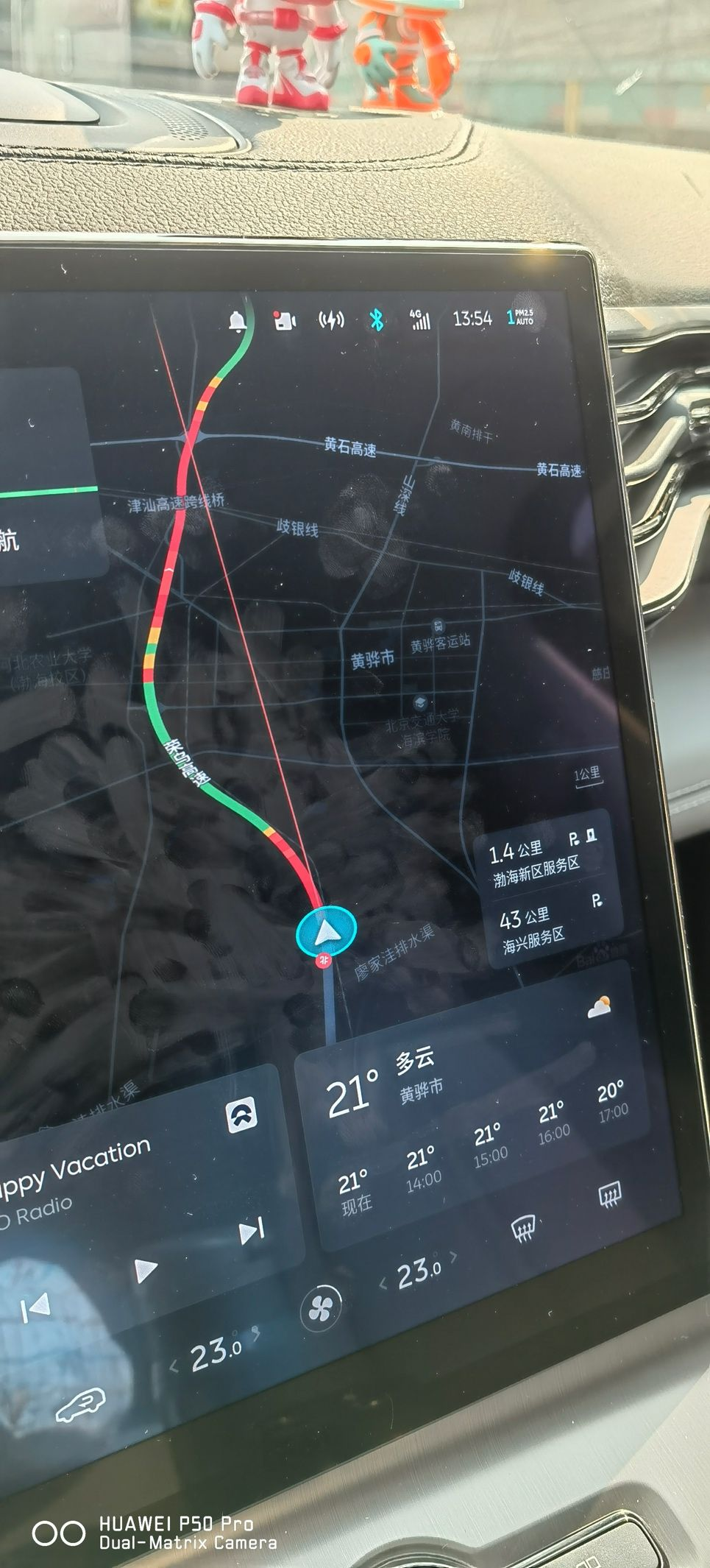
Firstly, after driving 30 kilometers or so, I finally arrived at Haixing entrance of the Rongwu Expressway, but found that the expressway entrance was closed and could only continue driving on the provincial road. Then, when driving to the Xinzhezha traffic bridge (which was already closed) on the provincial road, I found that the right side channel across the river indicated by the navigation was also closed, but there was no prompt on the Baidu map on the car. (Tip was found on Amap later). I had to continue to detour to another bridge more than ten kilometers away on the left, and finally got on the Rongwu Expressway 20 more kilometers at Wudi junction, but missed the Wudi Service Area charging station. Therefore, I recharged at the Binzhou Service Area, continued to Laiwu to check-in at the hotel and ended the day’s trip. Also, upgraded to version 3.0.5 at night.
Reflection: When getting on Rongwu Expressway at Wudi Junction from the reverse lane on Xinzhezha traffic bridge, I should have driven to the service area on the opposite side of the charging station by the culvert to recharge my battery and then continued to drive south. That would have been a round-trip of only 18 kilometers. Much better than waiting for charging at Binzhou Service Area.
Day 2, October 2nd, Departure from Laiwu
Stopped at Laiwu because the charging station at Laiwu Service Area was relatively convenient, but when I arrived at the charging station, all fully charged batteries had already been taken, and there were three cars waiting ahead of me. Since there were no charging piles in the Laiwu Service Area, I had to continue driving to the Yinan Service Area to recharge. After being fully charged, I continued to drive south and found that there was a long section of road construction on the Beijing-Shanghai Expressway. Only two lanes were opened in both directions, and the road would be widened from two lanes to eight lanes. The project was scheduled to be completed by the end of January next year, and the whole road was limited to a speed of 60 kilometers per hour.
After recharging at the Xinyi Service Area on version 3.0.5 route suggestion, I changed to the Yandong Expressway and Yanjing Expressway since there was no charging station available on the route. Finally, I arrived in Suzhou in the evening after charging at the Yanqiao Service Area on the Beijing-Shanghai Expressway.
Suggestions for NIO:1. For the Beijing-Shanghai Expressway, which is a major transportation artery, it is suggested to upgrade the existing level of charging and swapping. For example, at the service area of Laiwu, every time I pass by on my round trip, my battery is never fully charged. It is suggested to add supercharging piles on the Beijing-Shanghai Expressway or to add second-generation swapping stations across from the service areas where swapping stations currently exist.
- I looked it up and found that the road widening project of the Beijing-Shanghai Expressway covers about 300 kilometers, with no indication on Baidu Maps (I checked afterwards and found that there was a prompt on Amap). However, there should be prompt available to help adjust the planned route in advance.
Summary for the outbound journey:
-
For myself: the travel plan should be more flexible, for example, using the Wudi swapping station. There are many accidents on the Rongwu Expressway and it is not recommended to use it during holidays.
-
For NIO: to enhance the coverage of charging and swapping along the Beijing-Shanghai Expressway, especially by adding more swapping stations. It is recommended to urge the application store and the first-party Amap to be updated, as NIO has been developing the car navigation system based on Baidu Maps SDK for several years, and the software engineering team must be well aware of its specific level. I don’t think that the experience and lessons accumulated by Baidu Maps team in the past decade can be matched by NIO software engineering team within a few years. Of course, this is not a problem. I just hope that the application store can be launched as soon as possible, and that Amap, which is self-developed (i.e. first-party) can also be launched as soon as possible. Isn’t it better for professionals to do professional things?
On October 3-4, I traveled to Suzhou.
On the morning of the 3rd, I went to Luzhi Ancient Town. I thought this place was relatively remote and there should be fewer people, but it turned out to be not the case. I felt that this place has been highly commercialized, which is very different from what I imagined.
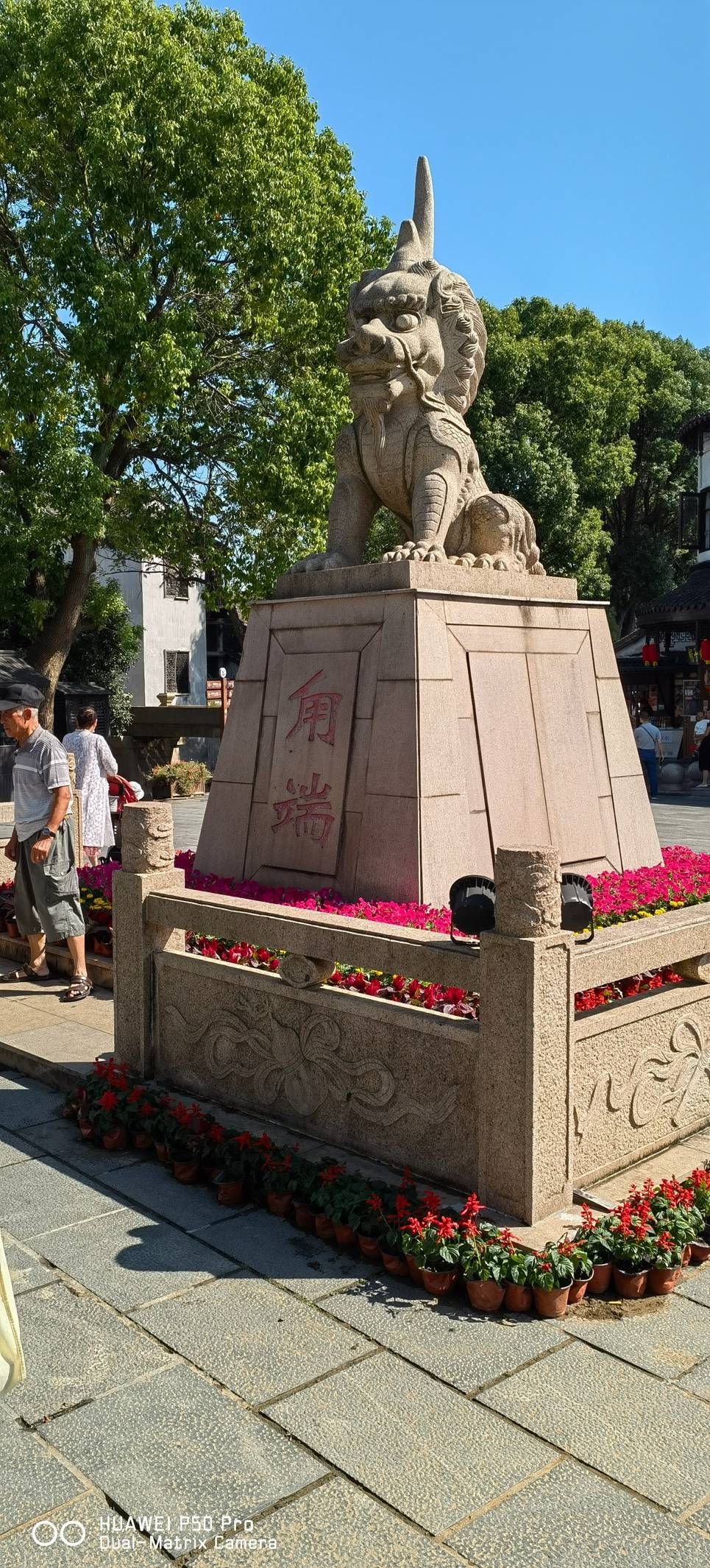

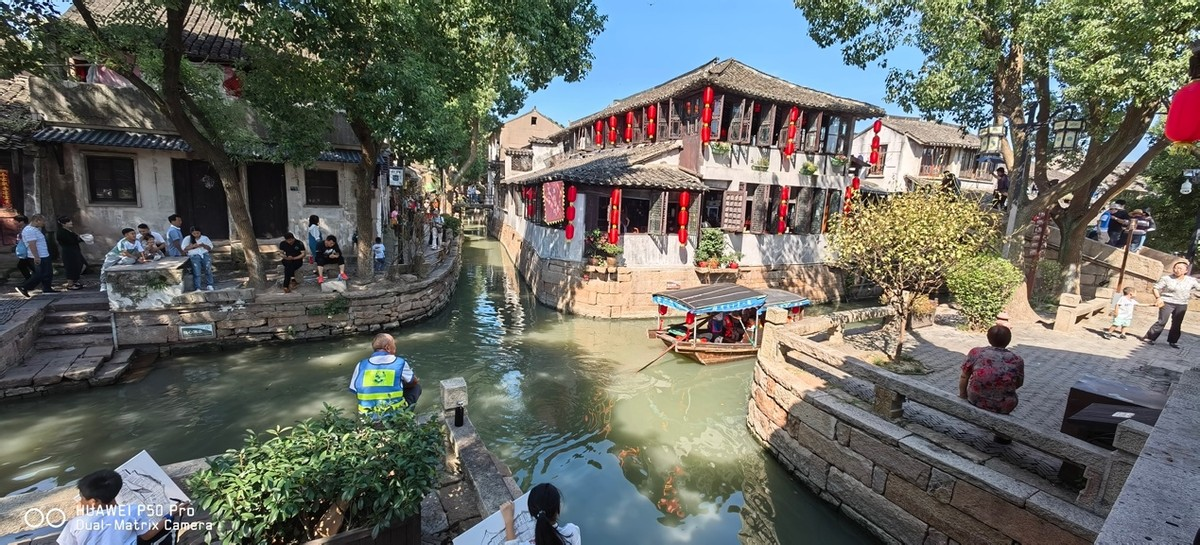
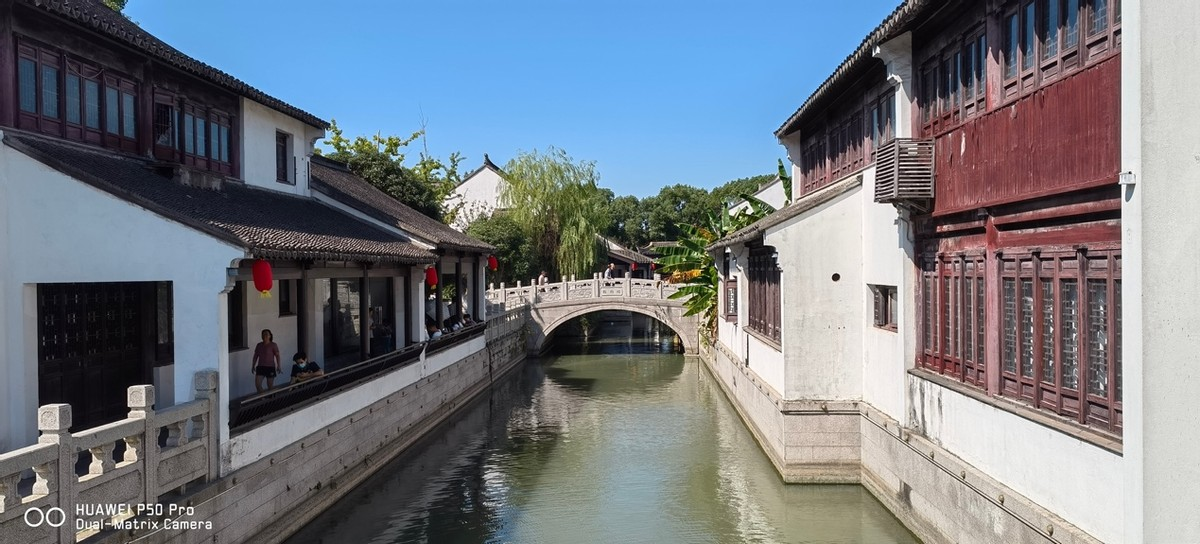
In the afternoon, I went to the Xishan Scenic Area of Taihu Lake. I thought there would be fewer people here because it is further away from the city center. However, it was more crowded and the traffic was more congested. I arrived around 3 pm and the scenic area closed at 5 pm, so I only had time to visit one attraction. I went to the Happy Farm, which is relatively close, and saw some cute animals.Translate the following Markdown Chinese text into Markdown English text, professionally and keeping HTML tags inside the Markdown, outputting only the results.










**Taihu Lake Sunset**:


On the 4th day, following the guide, we went on the Yangcheng Lake Loop, which was dozens of kilometers in a clockwise direction from the Yangcheng Lake Service Area for a sightseeing drive. However, things did not start out well. The Yangcheng Lake toll station and the north-south shuttle passage of the service area were closed for construction, and we had to drive a long way around to reach the next navigation point, Qianshuiwan Commercial Street, to start the tour around the lake. Even though it was hot, seeing the open waters made us feel refreshed and happy, as if we forgot both pleasures and sorrows. At night, we originally planned to go to Yuxingji and have a meal of buttered noodles, but we could not find a parking spot no matter how hard we tried and had to give up.
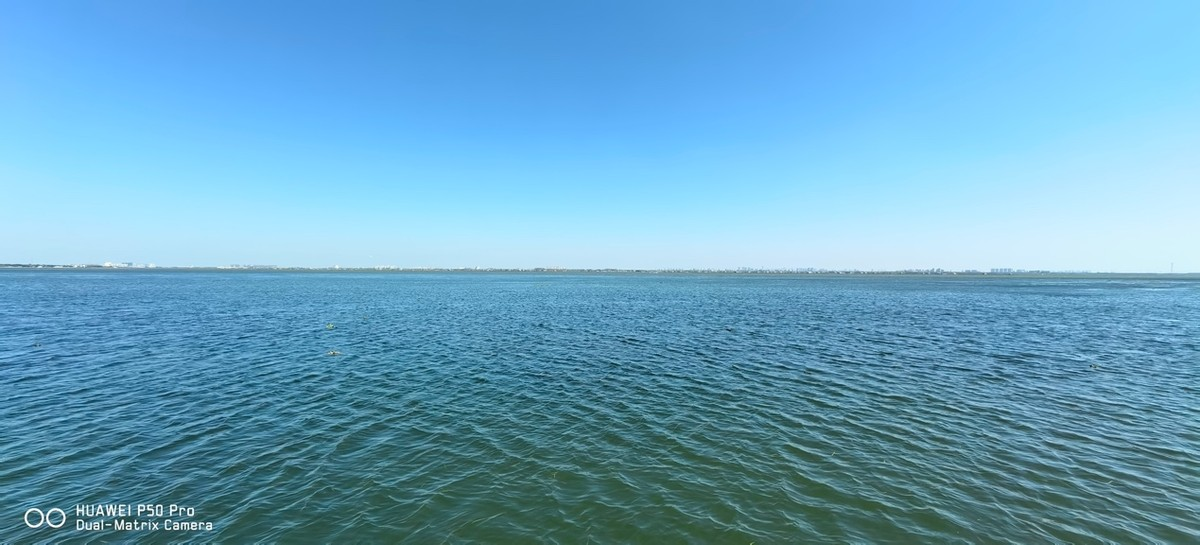
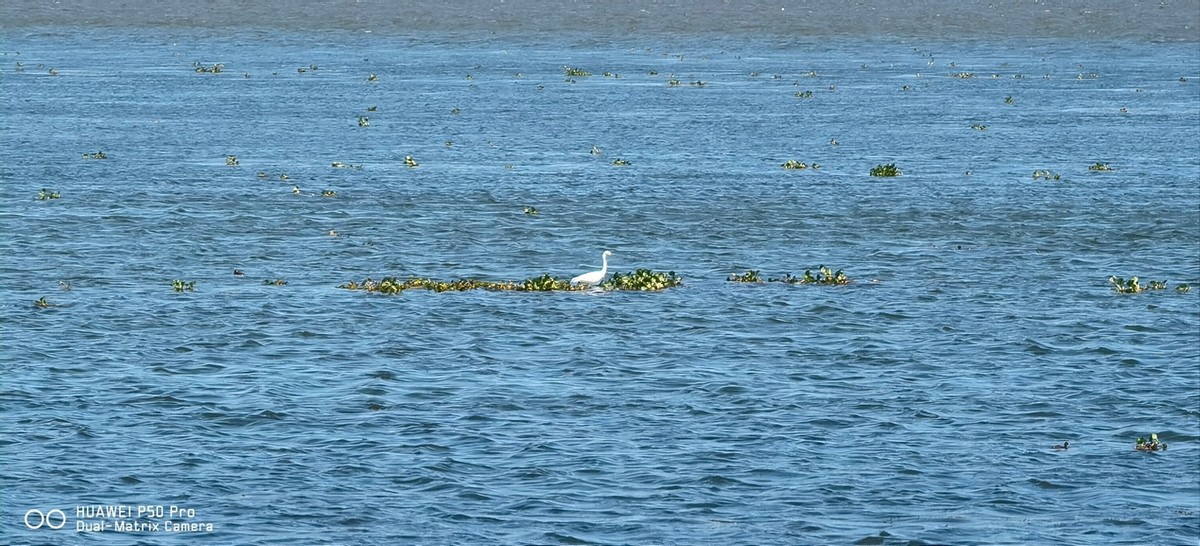
Suggestions for NIO:
The in-vehicle map can add a function for route collection and sharing, which can include travel, entertainment, and food attractions. This is especially useful for self-driving enthusiasts who prefer convenient and authentic routes.
October 5th, Depart from Suzhou
I saw that it was raining in Beijing all the time, and I was worried that rain or traffic accidents on the return journey would cause a delay. Therefore, I adjusted the plan and returned to Beijing one day earlier. Considering the situation on the way there, I tried to avoid the Beijing-Shanghai Expressway as much as possible on the way back in Jiangsu Province, and the Rongwu Expressway as much as possible in Shandong Province. Therefore, I made an advanced plan for the return route with battery replacement from Suzhou -> Yangzhou -> Suqian -> Xuzhou -> Tai’an -> Laiwu -> Shanghe -> Qingxian -> Majuqiao. However, on the 5th, I encountered highway congestion on the way to Xuzhou and could only return to Suqian. The only battery replacement station in Suqian was closed at night, so I had to stay there.
Suggestions for NIO:
For routes with multiple waypoints, it is impossible to plan on the vehicle. First, the vehicle can only add up to three waypoints at a time. Second, there is no way to set a certain range to avoid a certain route. Third, there is no way to plan a route entirely based on battery replacement stations. So, for now, we can only plan well in advance manually and navigate station by station, which is very inconvenient. If there is a route collection and sharing function, this problem can also be solved.
October 6th, Depart from Suqian
First, I went to the Jinshanqiao battery replacement station in Xuzhou to refill but found no fully charged battery available, so I had to go somewhere else to charge. After refilling, I estimated the distance and range and felt that I could skip Tai’an and go straight to Laiwu for battery replenishment. The fact is that this decision has a high risk. When arriving at Laiwu Service Area, I was almost out of battery. This was achieved only by actively slowing down and using cruise control on the way. At that time, the battery replacement station had no fully charged batteries (so this service area really needs to upgrade its charging and replacement capacity), and there were no charging piles in the service area. I barely made it to the next Laiwu service area (where the Baidu Map on the vehicle showed that there were no charging piles, but there were four in reality), and the charging speed of the charging pile was also slow. I found a high-speed charging pile on the charging map and went there to charge after calculating that the range could meet the distance. It started raining from Laiwu and the traffic on the road gradually decreased. The battery replacement station at the Shanghe Service Area is on the Shanghai side, which is the opposite side of my return journey. I just changed batteries there by passing through the tunnel. The following Qingxian and Majuqiao service areas are both in the direction of Beijing and battery replacement is available directly at the service areas.
Suggestions for NIO:
It is still suggested to enhance the charging and replacement capacity of the Beijing-Shanghai Expressway service areas, especially the Laiwu service area.Reflection: Looking back, it would have been better to drive back to Beijing all at once, despite the rain. Firstly, the temperature was low, and the temperature dropped below 15 degrees Celsius after passing through the Laiwu Service Area. By the time I was close to Beijing, the temperature had dropped to 10 degrees Celsius, which led to a reduced driving range. Secondly, the rain also contributed to a reduced driving range. The distances between Laiwu, Shanghe, Qingxian, and Majuqiao are all about 150 kilometers. However, every time I had to swap batteries in my ES6, the dashboard display showed less than 170 kilometers. This means that I couldn’t have made it to the next charging station if I hadn’t swapped batteries. Fortunately, there were fewer cars on the road due to the rain, and fewer people swapping batteries. Otherwise, I don’t know when I would have made it to Beijing if I had to charge at these four service areas. In addition, with fewer cars on the road due to the rain, there were also fewer cars at the entry-exit inspection stations in Beijing. Otherwise, I would have had to wait in a long queue in good weather.
Final Summary
-
For myself: When traveling during statutory holidays, we should not only research the destination but also research the route. We should be flexible in adjusting the route plan and make good use of itinerary recommendations and service area tunnels. We should also avoid routes that are popular, prone to accidents, or have many large trucks.
-
For NIO: Improve the battery swapping capacity on the Beijing-Shanghai Expressway, update the application store and Gaode Navigation, and allow users to collect and share routes.
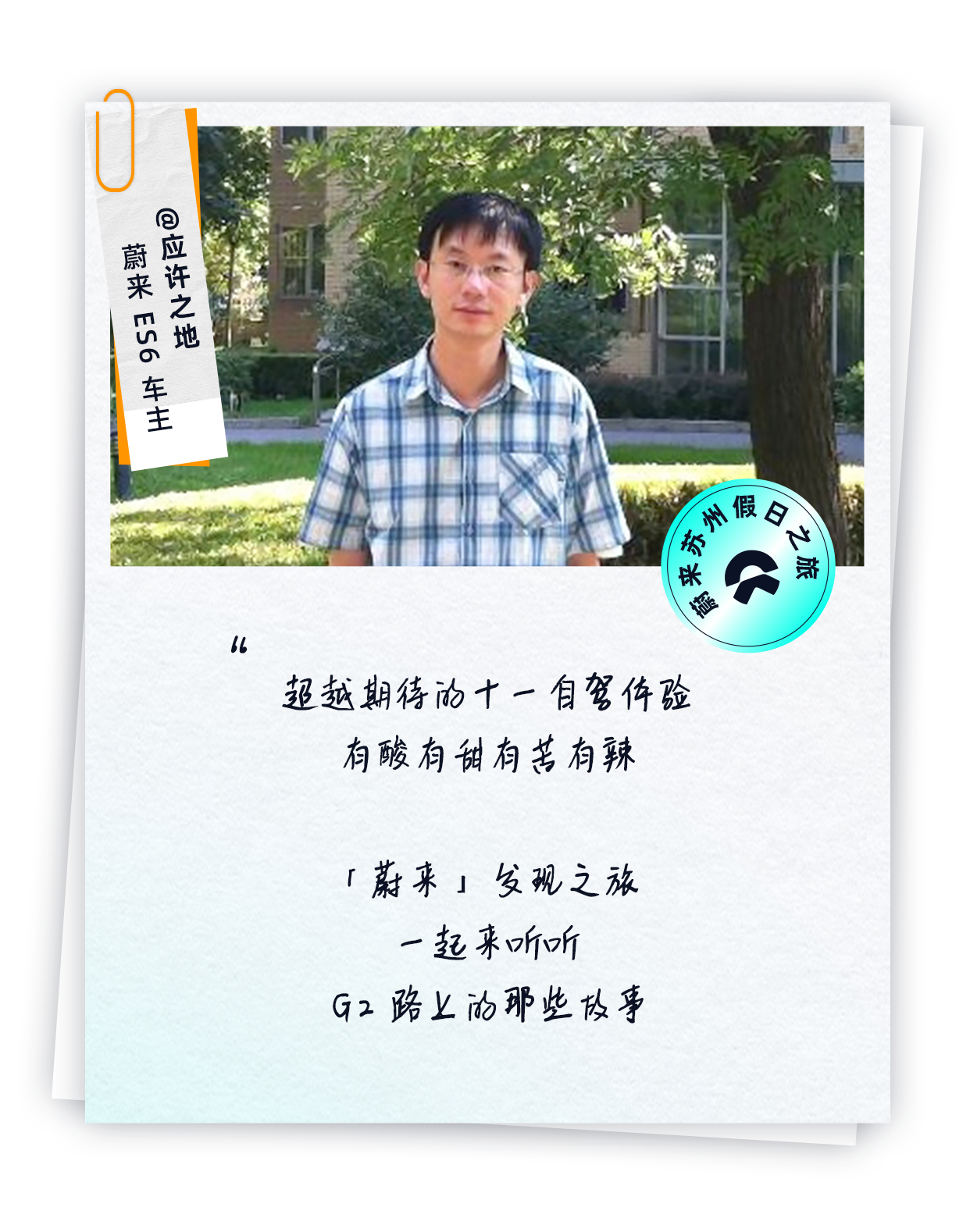
This article is a translation by ChatGPT of a Chinese report from 42HOW. If you have any questions about it, please email bd@42how.com.
